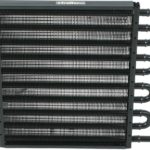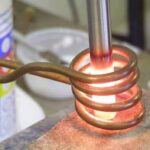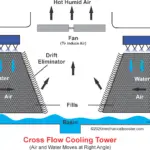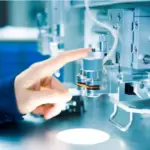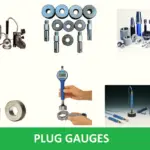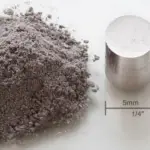Today, you’ll hardly find somebody not using an electrical component. All thanks to technological advancements and shifts towards the digital age. Every electronic and electrical component is connected in a circuit operated by a sort of power supply. This leads to the generation of some amount of heat within the element.
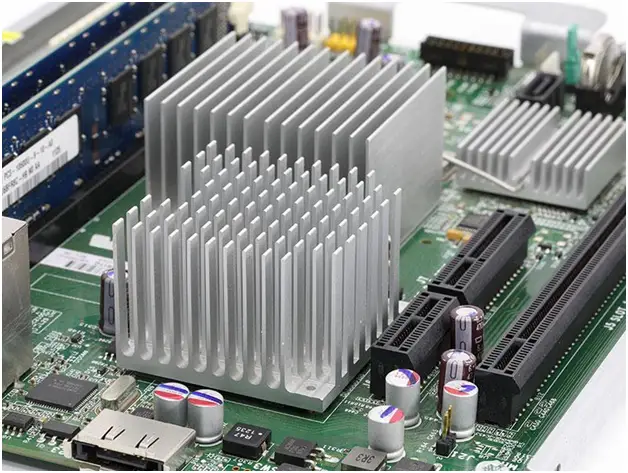
Many materials involved in the manufacture of electronic parts have significantly low heat dissipating capabilities. Thus, the heating up of components could result in the premature failure of the circuit or lower the system’s performance.
This is where heat sinks come in. They provide the cooling advantage by absorbing and dissipating the heat from electrical devices. Heat sinks are always in the picture when designing electrical components, be it LED lighting, computers, or other electronics. In this article, we will go into detail about heat sinks and how they are made.
What is a Heat Sink?
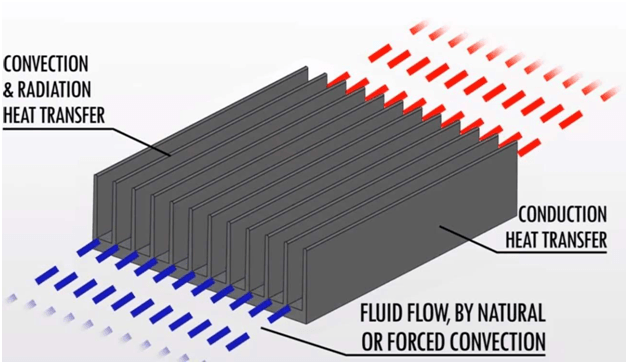
Generally, heat sinks are electronic devices or components attached to electronic components to dissipate unwanted heat. Whenever a system generates heat, a heat sink gradually transfers the heat energy away and prevents the system from overheating. Thus, you can say that the heat sink helps to cool down circuit components. This way, the system can run better, efficiently, and for a longer life span.
Heat sinks operate on the basis of Fourier’s law of heat. It simply refers to the transfer of heat from a higher temperature region to a lower temperature region whenever a body has a temperature gradient.
Therefore, heat sinks transfer heat from transistors to lower temperature regions like air, water, or other suitable media. It does this through conduction, then convection. In practice, you’ll find users refer to a heat sink as a heat spreader or a cooler.
There are various types of heat sinks in everyday use. Although these components look pretty different from model to model, they mostly have several key features in common.
Also Read:
- What is Lathe Machine? Main parts, Operations and Working
- Laser Beam Welding – Definition, Main Parts, Types, Working, Advantages and Disadvantages
- What is Slotter Machine – Parts, Types, Working, Operations, Advantages and Disadvantages?
Applications of Heat Sinks
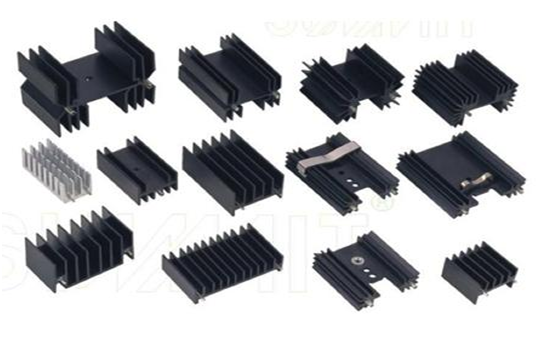
As mentioned early, there is hardly any electronic component with a circuit that does not use a heat sink. Heat sinks have found a renowned application in cooling vital computer parts. Such PC components include CPUs and GPUs. In this case, it comes with a cooling fan that helps with the heat dissipation process.
However, some of the other everyday applications of heat sink include the following:
- Power transistor heat sinks
- Motherboard heat sinks
- Relay and solid-state heat sinks
- Internal/external laptop heat sinks
- PCB heat sinks
- Heat sinks for amplifiers
- HVAC systems
- Heat sinks for power plants
Heat Sink Materials
The most common materials used in the manufacture of heat sinks are aluminum alloys and copper materials. The choice of material often depends on the application of the heat sink, its production method, budget, and intended heat intensity.
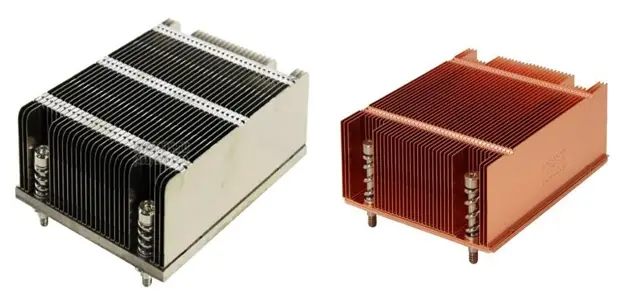
Credit: Slacker News
Aluminum Heat Sinks
Aluminum alloys provide the most common and affordable ground for the production of heat sinks. Aluminum 1050 is an alloy with a very high thermal conductivity. However, it has low mechanical strength. The most commonly used alloys are aluminum 6060, 6061, and 6063. Although they are less conductive, they have better mechanical properties.
Many aluminum heat sinks are designed such that they allow heat to rise through some thin metal fins. Manufacturers often refer to aluminum heat sinks as extruded heat sinks. This is because they are popularly made by extrusion. However, CNC machining services, skiving, and casting are also practical methods for their manufacture.
Copper Heat Sinks
Thermal conductivity is essential when it comes to heat sinks – it is the basis of their heat transfer. This is why copper is an excellent heat sink material – offering excellent thermal conductivity. Copper is twice as conductive as aluminum. It also has several other additional features that make it valuable. They include corrosion resistance, wear resistance, antimicrobial resistance, etc.
However, the downside to the use of copper is its expensive nature. Also, it is more difficult to form than aluminum. Manufacturers make a one-piece copper heat sink by skiving or milling. Since copper is less ductile, it isn’t easy to make copper heat sinks by extrusion.
How Are Heat Sinks Made?
How do manufacturers make a heat sink? The production method often depends on some factors. These factors usually include the heat sink materials, the expectations of the heat sink, its intended application, level of heat intensity, among others. The manufacturer’s preference and budget usually come into play when making heat sinks.
Manufacturing heat sinks usually involve an array of production techniques. These most popular techniques include the following:
Extrusion
This industrial process involves the forcing of hot metal through a steel die. It is a standard process that helps to get various sections of the aluminum alloys through deformation.
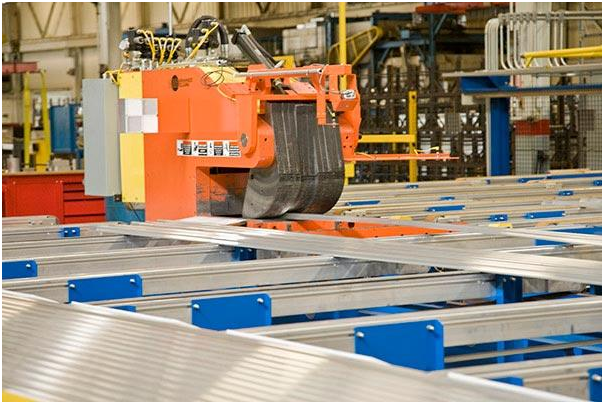
A press pushes the hot metal billets. It is possible to get different shapes depending on the type of design, dimensions of the press, and the capabilities of the extruder.
This method of making heat sinks is effective, fast, and economical. It is also the ideal method for ductile materials like aluminum 1050. In many cases, manufacturers anodized extruded aluminum heat sinks before use.
CNC Machining
CNC machining services also help to create hi-fin ratio heat sinks. In this case, the CNC machine cut materials from a full block of metal. The cutting discs on the CNC machine create gaps where the heat escapes.
Some other applications involve the cutting and bending of the fin material from the base. Using CNC machining to produce heat sinks ensures the achievement of complex geometries with enough freedom for the designer. However, the cost of the process often makes it challenging.
Skiving
Flared fin and plate-fin heat sinks are some of the types of heat sinks available. Skiving is a popular method that helps to make these heat sink types. It involves cutting metal materials into slices – many manufacturers refer to it as scarfing.
This method ensures that the fins are thinner than in extrusion. The fins are also more closely packed. Furthermore, skiving provides some level of surface roughness. Therefore, the total surface area of the component slightly increases.
Conclusion
Heat sinks are essential components of electronic devices. Therefore, you must ensure to go with the best type based on your requirements. Also, material choice is crucial. Consequently, you should consider your budget, design needs, and level of heat dissipation desired. Finally, you should always choose the best machine shop to help with your extrusion or CNC machining services.

